Lamb Ear Plant
- October 27, 2023
- 0 comment
The Lamb’s Ear plant, scientifically known as Stachys byzantina, is a charming and distinctive perennial herb that has earned its place in gardens around the world. Renowned for its soft, velvety leaves that resemble the texture of a lamb’s ear, this plant hails from the Mediterranean region but has found popularity in various climates due to its adaptability.
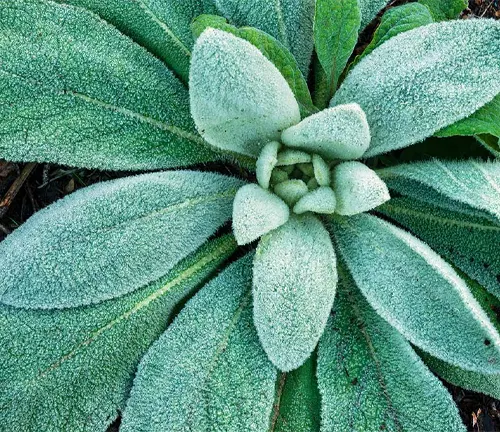
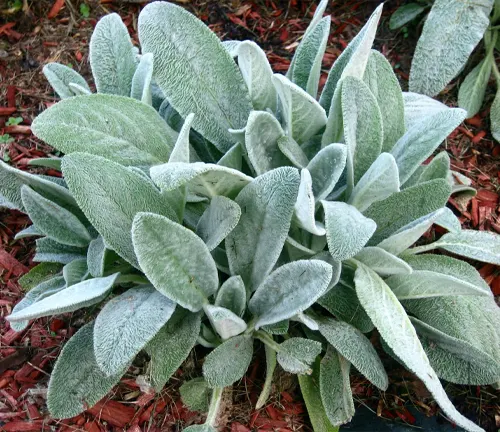
Its leaves are typically a silvery-gray or light green hue and are covered in fine, downy hairs, giving them a plush appearance and a delightful tactile quality. Lamb’s Ear produces small, unassuming spikes of purple or pink flowers in the late spring or early summer, attracting pollinators to the garden. Beyond its ornamental value, this herb has historically been used for its purported medicinal properties, thanks to its mild astringent and antibacterial qualities.
In the garden, Lamb’s Ear is a low-maintenance and drought-tolerant choice, making it a favorite for border plantings, ground cover, or as an edging plant. Its distinctive appearance, coupled with its ease of care, has made the Lamb’s Ear a beloved addition to many gardens, providing both visual and sensory appeal.
| Characteristics | Description |
| Scientific Name | Stachys byzantina |
| Common Names | Lamb’s Ear, Woolly Betony |
| Plant Type | Perennial herb |
| Foliage | Soft, velvety leaves with a silvery-gray or light green color |
| Leaf Texture | Covered in fine, downy hairs |
| Flowers | Small spikes of purple or pink flowers in late spring or early summer |
| Height | Typically 6-12 inches (15-30 cm) |
| Spread | 12-18 inches (30-45 cm) |
| Sunlight | Full sun to part shade |
| Soil Type | Well-drained soil |
| Watering | Drought-tolerant once established |
| Maintenance | Low maintenance, often used as ground cover or border plant |
| Attracts | Pollinators like bees |
| Historical Use | Medicinal herb with mild astringent and antibacterial properties |
| Origin | Native to the Mediterranean region but cultivated in various climates. |
Botanical Beauty of “Lamb Ear Plant”
The Lamb’s Ear plant, known scientifically as Stachys byzantina, captivates garden enthusiasts with its unique botanical beauty. This perennial herb, originating from the Mediterranean region, boasts soft, velvety leaves that bear an uncanny resemblance to a lamb’s ear, hence its charming name. The leaves, which exhibit a silvery-gray or light green color, are enveloped in fine, downy hairs that impart a plush texture. But it’s not just the visual appeal that makes Lamb’s Ear stand out; it’s also the tactile delight it offers. Gardeners can’t resist running their fingers over the leaves, which are not only aesthetically pleasing but also fascinating to touch.
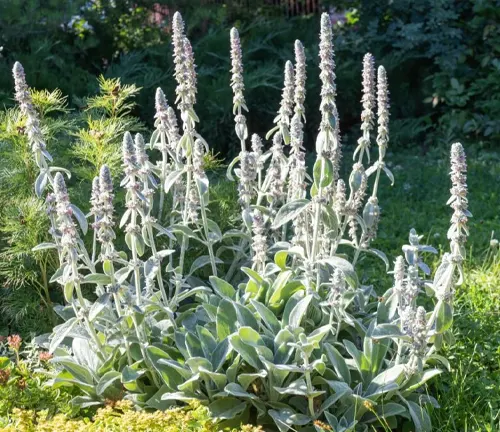
Woodland Elegance
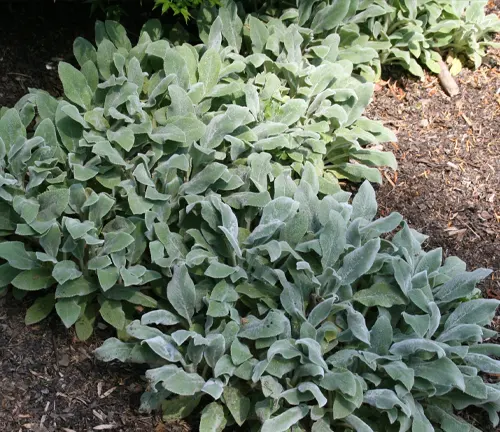
Lamb’s Ear adds an element of woodland elegance to any garden it graces. With its low, mounding growth habit, this plant is a versatile choice for various landscape designs. Whether used as a ground cover, border plant, or accent, the soft, silver leaves create a soothing and visually pleasing backdrop. Its small, unassuming spikes of purple or pink flowers, which emerge in late spring or early summer, add a subtle dash of color, making it an exquisite addition to any garden seeking a touch of understated sophistication.
Ecological Importance
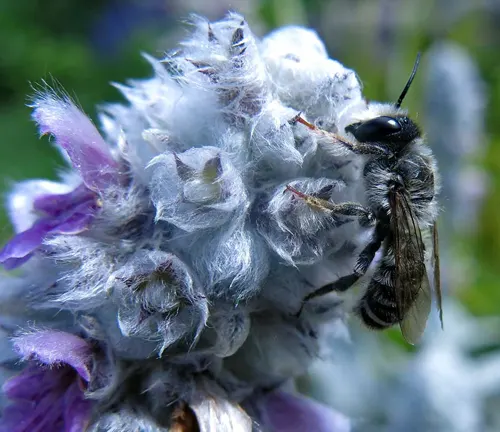

Beyond its ornamental value, the Lamb’s Ear plays a role in the ecosystem as well. The nectar-rich flowers of this plant attract pollinators, particularly bees, making it an ecologically significant choice for gardeners interested in supporting local wildlife. By inviting these essential pollinators into the garden, Lamb’s Ear contributes to the broader ecological balance and promotes biodiversity.
Cultivation and Conservation
Lamb’s Ear is a hardy and adaptable plant, known for its ease of cultivation. It thrives in a range of climates and soil conditions, provided the soil is well-drained. Additionally, once established, this perennial herb is remarkably drought-tolerant, making it a resilient choice for water-conscious gardeners. While it’s not currently classified as endangered, there’s merit in conserving and nurturing this botanical gem due to its unique beauty and ecological contributions. Encouraging its growth and propagation can be a small yet impactful step towards preserving biodiversity.
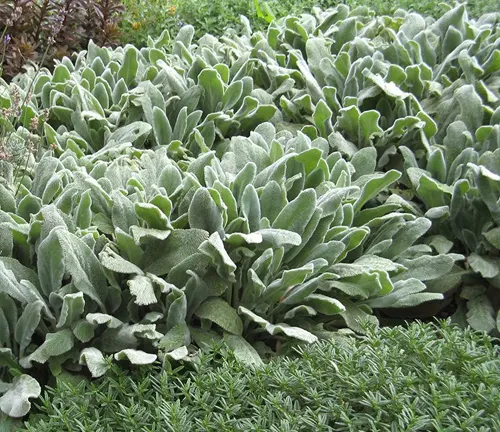
Fragrance
Although known primarily for its striking appearance, Lamb’s Ear also possesses a subtle fragrance. When the leaves are gently crushed or brushed, they release a mild, earthy scent. While not as fragrant as some other garden herbs, this added olfactory dimension enhances the overall sensory experience, making the Lamb’s Ear an even more enticing addition to the garden.
Soil Stabilization

Lamb’s Ear goes beyond mere aesthetics. Its root system acts as a natural stabilizer, helping to prevent soil erosion. This makes it a valuable choice for gardeners in areas with sloping terrain or loose soil. Its ground-hugging growth habit and extensive root network help hold the soil in place, reducing the risk of erosion and the loss of valuable topsoil.
Common Uses
Aside from its role as a garden beauty, Lamb’s Ear has been historically utilized for its medicinal properties. Its leaves contain mild astringent and antibacterial qualities, making it a potential remedy for minor cuts, scrapes, and insect bites. In traditional herbal medicine, Lamb’s Ear has been employed to create poultices and ointments for topical application.
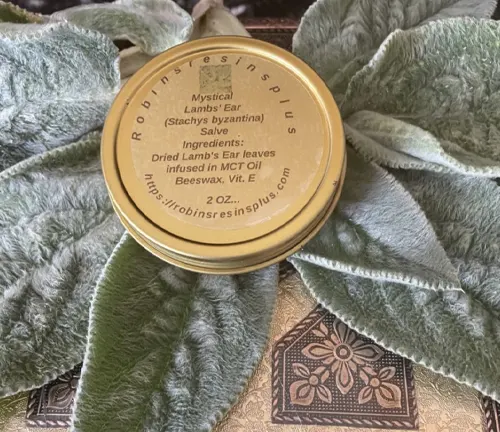
Benefits
Incorporating Lamb’s Ear into your garden offers numerous benefits. This hardy perennial is easy to maintain and conserves water, making it an eco-friendly choice. Its role in supporting pollinators and stabilizing soil showcases its ecological significance. Moreover, its ornamental charm and tactile appeal make it a delightful addition to any garden, inviting both visual and sensory pleasures. Whether you’re a seasoned gardener or just starting, the Lamb’s Ear plant is a versatile and attractive choice that brings beauty, biodiversity, and a touch of elegance to your outdoor space.
Different Species
Stachys byzantina
This is the classic Lamb’s Ear with its soft, velvety, silver-gray leaves. It’s the most commonly grown species in gardens.
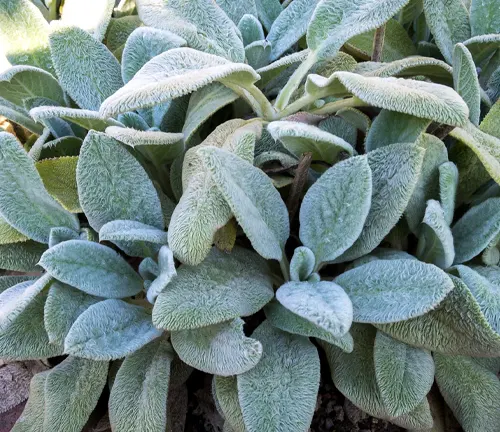
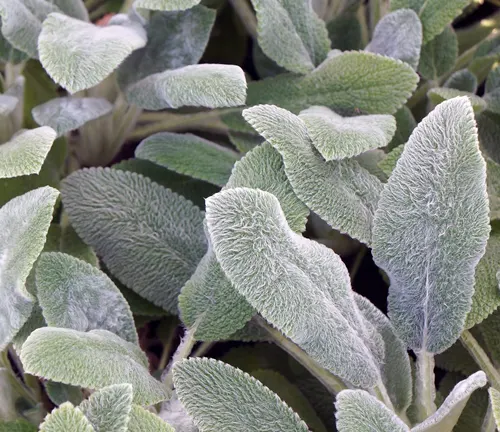
Stachys byzantina ‘Silver Carpet’
This cultivar is known for its low, spreading habit, making it an excellent ground cover. It retains the characteristic silvery foliage of the species.
Stachys byzantina ‘Helen von Stein’ (Big Ears)
This cultivar is favored for its exceptionally large leaves, which are even softer and more velvety than the typical Lamb’s Ear.
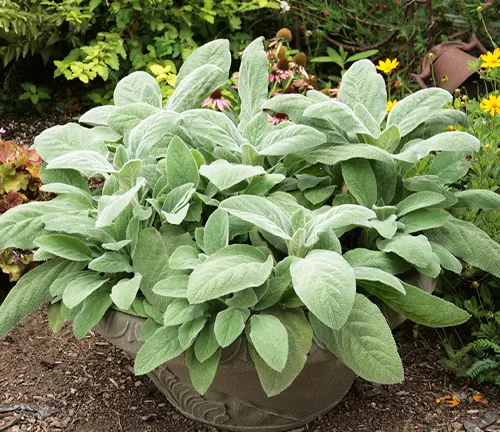
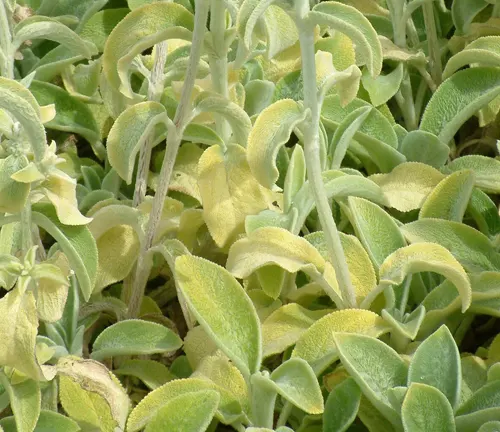
Stachys byzantina ‘Primrose Heron’
It has striking yellow-green foliage, offering a unique twist on the traditional silvery-gray leaves.
Stachys byzantina ‘Lamb’s Ear Pink’
Unlike the species, this cultivar features pink flowers instead of the usual purple or pink spikes, adding a different color element to the garden.


Stachys byzantina ‘Cotton Boll’
This cultivar has distinctive, rounded leaves that resemble cotton balls, giving it a charming and fluffy appearance.
Frequently Asked Questions (FAQs)
- What is Lamb’s Ear?
Lamb’s Ear (Stachys byzantina) is a perennial herb known for its soft, velvety leaves and unique appearance. It’s a popular choice for gardens due to its ornamental qualities. - How do I care for Lamb’s Ear?
Lamb’s Ear is relatively low-maintenance. It prefers well-drained soil and can tolerate full sun to part shade. Watering needs are minimal once the plant is established. - Can Lamb’s Ear survive in cold climates?
Yes, Lamb’s Ear is cold-hardy and can withstand winter temperatures in many regions. It’s known for its adaptability. - What are the uses of Lamb’s Ear in the garden?
Lamb’s Ear can be used as ground cover, border plant, or edging in garden beds. It adds texture and visual interest to landscapes. - Do Lamb’s Ear plants flower?
Yes, they produce small spikes of purple or pink flowers in late spring or early summer, although most gardeners value them more for their foliage. - Is Lamb’s Ear a good choice for attracting pollinators?
Yes, the nectar-rich flowers of Lamb’s Ear can attract pollinators, particularly bees, making it ecologically valuable. - What are the medicinal uses of Lamb’s Ear?
Historically, Lamb’s Ear has been used for its mild astringent and antibacterial properties. Its leaves were employed in traditional herbal medicine for creating poultices and ointments. - Are there different species and cultivars of Lamb’s Ear?
Yes, there are various species and cultivars, each with its unique features and appearances. Some have different leaf colors or sizes, while others have distinct growth habits. - Can Lamb’s Ear help with soil erosion control?
Yes, its low, mounding growth habit and extensive root system make it useful for stabilizing soil and preventing erosion. - How do I propagate Lamb’s Ear?
Lamb’s Ear can be propagated through division or by taking cuttings. Divide mature plants in the spring or fall for best results. - Is Lamb’s Ear deer-resistant?
Lamb’s Ear is often considered deer-resistant due to the texture and aroma of its leaves, which are unappealing to deer. - Can I grow Lamb’s Ear in a container?
Yes, Lamb’s Ear can be grown in containers, but it’s essential to provide well-draining soil and adequate space for the plant to thrive.



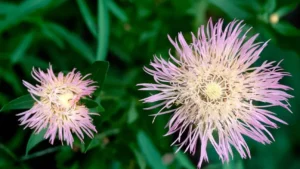
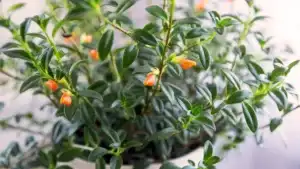

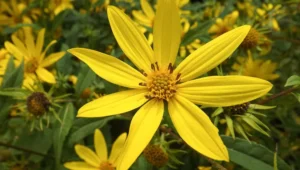


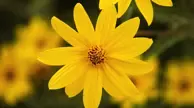
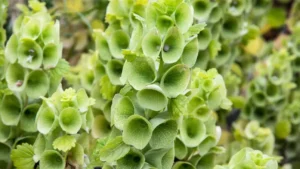



Leave your comment